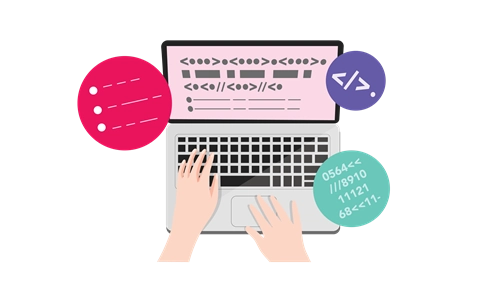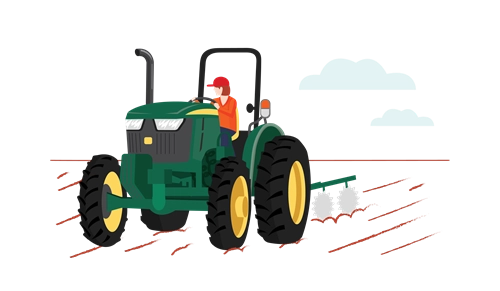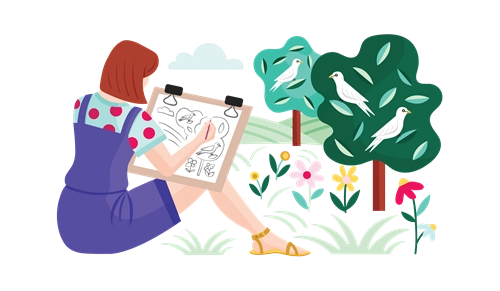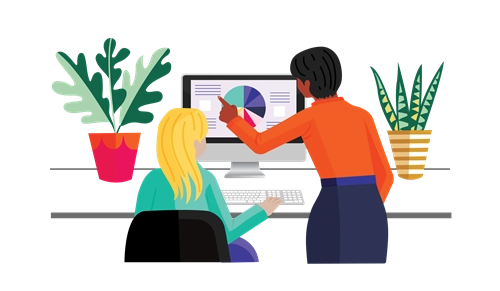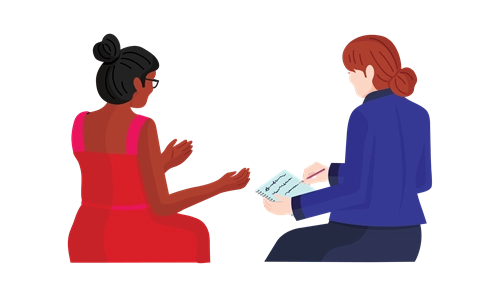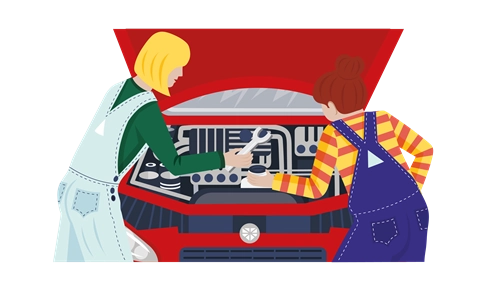-
Curriculum alignment
Science
AC9S7U06 – use a particle model to describe differences between pure substances and mixtures and apply understanding of properties of substances to separate mixtures.
AC9S7I02 – plan and conduct reproducible investigations to answer questions and test hypotheses, including identifying variables and assumptions and, as appropriate, recognising and managing risks, considering ethical issues and recognising key considerations regarding heritage sites and artefacts on Country/Place.
AC9TDE8K03 – analyse how force, motion and energy are used to manipulate and control engineered systems.
Design and Technologies
AC9TDE8K06 – analyse how characteristics and properties of materials, systems, components, tools and equipment can be combined to create designed solutions.
AC9TDE8P01 – analyse needs or opportunities for designing, and investigate and select materials, components, tools, equipment and processes to create designed solutions.
AC9TDE8P02 – generate, test, iterate and communicate design ideas, processes and solutions using technical terms and graphical representation techniques, including using digital tools.
- S
- T
- E
- M
Industrial design challenge – separating materials
Years 7 and 8
Learning hook
According to WWF Australia, in 2017-18 Australians used around 3.4 million tonnes of plastics of which only 9.4 per cent was recycled. Of this amount, 46 per cent was reprocessed in Australia, and 54 per cent was exported for reprocessing.
Share these statistics with the class and ask them to sketch a representation to show the relative amount of plastic recycled in Australia. Note: some students may need additional support to identify an appropriate representation, and you can suggest they start with a pie chart.
As a class discuss why students think Australia’s plastic recycling is so low, and what initiatives they’re aware of that aim to reduce plastic waste.
Girls in focus
Research has shown many girls are interested in issues which require investigations of social, ethical, economic and conservation perspectives. Providing learning hooks that appeal to these interests can draw girls into areas of the curriculum they may perceive as ‘not for them’.
Watch the Australian Story video (29 mins), where recycling revolutionary Professor Veena Sahajwalla turns old clothes into kitchen tiles, to explore the role of industrial innovators in creating preferred futures.
Recycling revolutionary Veena Sahajwalla turns old clothes into kitchen tiles | Australian Story
Girls in focus
Research has shown many girls are interested in careers that have a positive social impact, however they may have not connected industrial engineering with conservation. This video provides a great example of how personal passions can be harnessed for significant social impact. It also successfully represents a professional STEM woman as someone who is more than just her career, a fact which is important to girls when identifying positive STEM role models.
Learning input
Separation of materials is critical to effective recycling. The co-mingled, mixed recyclables we collect need to be sorted into separate recycling streams at a specialised materials recovery facility (MRF).
A key piece of equipment in the process is the trommel screen, which separates materials moving through a perforated, rotating, cylindrical drum that sorts objects by size. Smaller materials pass through holes in the drum while larger materials make it across to the other side.
Watch this video to see how a trommel screen removes contaminants like plastic and cardboard from green waste.
Vermeer Trommel Screen sorting contaminants from green waste
Students can explore an advanced resource recovery facility by viewing this Cairns Regional Council virtual tour.
Learning construction
Part A
Students are to design a model that demonstrates a separation technique used in a materials recovery facility. They will work in groups to build a trommel screen and demonstrate its effectiveness at separating different types of waste.
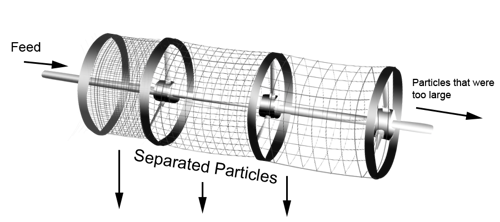
Girls in focus
Integrating and explicitly teaching girls the engineering design process, within project-based pedagogy, can foster an enjoyment in finding creative and better ways of doing things (Adams, Burns, & Martin-Hansen, 2018). This will allow for freedom of creativity and personalisation of projects within a structure (Gomoll et al., 2016), and can motivate girls in their learning as well as increasing interest and persistence through construction challenges (Holbert, 2016).
Provide students with a range of materials to be separated – consider materials of different sizes and shapes, such as sand, small strips of paper, balls of aluminium foil and paper clips. Students should select four materials to use in their design.
The challenge is for students to create a trommel screen using recycled materials that separates each material into its own tray. Effective design doesn’t happen overnight, so encourage students to keep a design journal and record how they iterate on and improve their design.
They should also test the efficacy of their design throughout and record their investigations. Variables they may need to test include the size of the mesh or equivalent, the speed of the rotation and the angle of the screen when rotating.
Girls in focus
Girls can be reluctant to tinker and experiment with hands-on design if they haven’t been exposed to these opportunities in the past. Once students have sketched their designs, consider running mini-skill-building sessions showing how to use available tools and addressing aspects of the build, such as methods to cut, shape or join materials. Support a growth mindset by praising their effort, strategies and persistence.
Part B
To share the models, run an industrial design fair where students demonstrate their designs to their peers. Students can vote for different awards as they peruse the models:
- Most innovative use of recycled materials
- Strongest construction
- Most efficient design
- Most detailed design journal
- Most rigorous testing.
Girls in focus
Support students’ growth mindset by awarding not just the efficacy of the final design, but also their commitment to the design process and evidence of iteration and persistence. This is a great opportunity for students to embrace failure as part of the learning process in order to build and celebrate resilience.
-
Rubric
Assessment
Criteria
Beginning
Achieved
Exceeded
Design journal
Provides annotated designs showing materials to be used.
Provides annotated designs that show how components will function.
Shows how design iterations have taken testing findings into account.
Design testing methodology
Tests the overall design and explores potential changes.
Designs a method to test a single variable.
Designs reproducible methods to test at least two variables.
Model construction
With guidance, works collaboratively with other students and uses some tools and techniques.
Works collaboratively with other students and safely uses tools and techniques.
Works collaboratively with other students to support own and others’ safe use of tools and techniques.
Model design
The model sorts some materials.
The model sorts all materials into separate trays.
The model effectively sorts all materials into separate trays with minimal contamination.
Communication
Uses representations to capture their thinking.
Uses appropriate technical terms and representations to capture their thinking.
Uses appropriate technical terms and representations to capture their design process for a teacher and peer audience.
